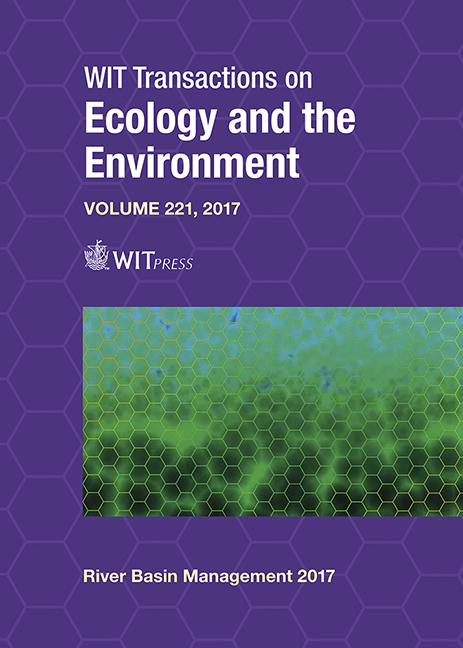COUNTERMEASURES FOR THE RIVER MOUTH CLOSING OF ISHIKARI RIVER, JAPAN
Price
Free (open access)
Transaction
Volume
221
Pages
10
Page Range
33 - 42
Published
2017
Size
800 kb
Paper DOI
10.2495/RBM170041
Copyright
WIT Press
Author(s)
HIROSHI GOTOH, OSAMU HANADA, TADAYUKI YAMAMOTO, SHOZO TOMAKI, MINORU TANAKA, OSAMU ISHIKAWA, MITSUO TAKEZAWA
Abstract
The Ishikari River originates in Mount Ishikari in the Taisetsu Mountain Range and flows 268 km through Asahikawa and Sapporo before entering Ishikari Bay in the Sea of Japan on the west coast of Hokkaido, Japan. The Ishikari River drains a catchment area of 14,330 km2 in western Hokkaido, including the Ishikari Plain with an area of 3800 m2. The large Ishikari River Basin supports a wide variety of life and a large human population. Despite implementation of flood control measures since 1834, several floods have occurred. Preventing the formation of spits has been particularly important in preventing river mouth closure of the Ishikari River. The coastline of Hokkaido along Ishikari Bay has large areas of quicksand that were deposited by the Ishikari River at a rate of approximately 2,000,000 m3 of sand annually with sandy beaches extending more than 24 km to the north and south of the river mouth. Decreased river discharge due to use of river water for drinking water and irrigation along with deposition of sediment by longshore currents along the coast has increased the incidence of mouth closure of the Ishikari River. Many countermeasures against river mouth closure have been carried out in the Ishikari River basin, but these efforts have not been completely effective for preventing river mouth closure. However, construction of the Ishikari Bay new port 7.5 km south of the Ishikari River mouth as part of the Third Hokkaido Comprehensive Development Plan approved by the Japanese Cabinet in July 1970 has decreased longshore sediment transport, which has stabilized the Ishikari River mouth and reduced the incidence of river mouth closure.
Keywords
river mouth, Ishikari river, Ishikari Bay new port, longshore current, longshore sediment transport





